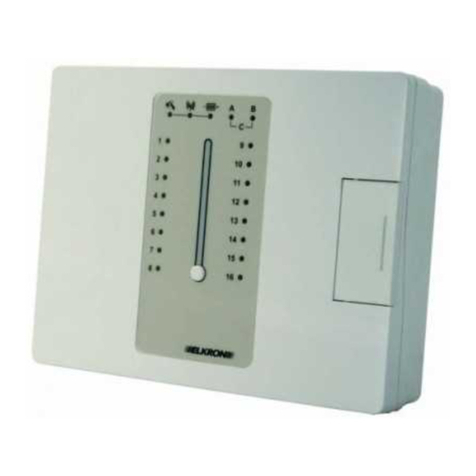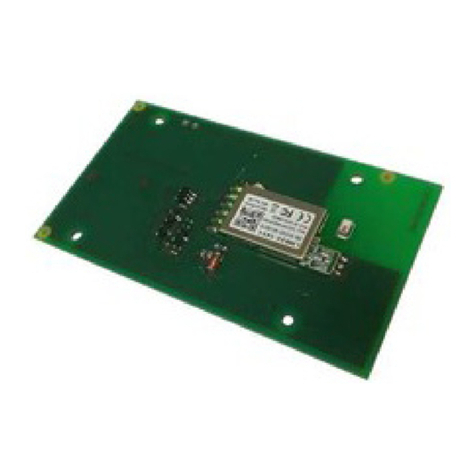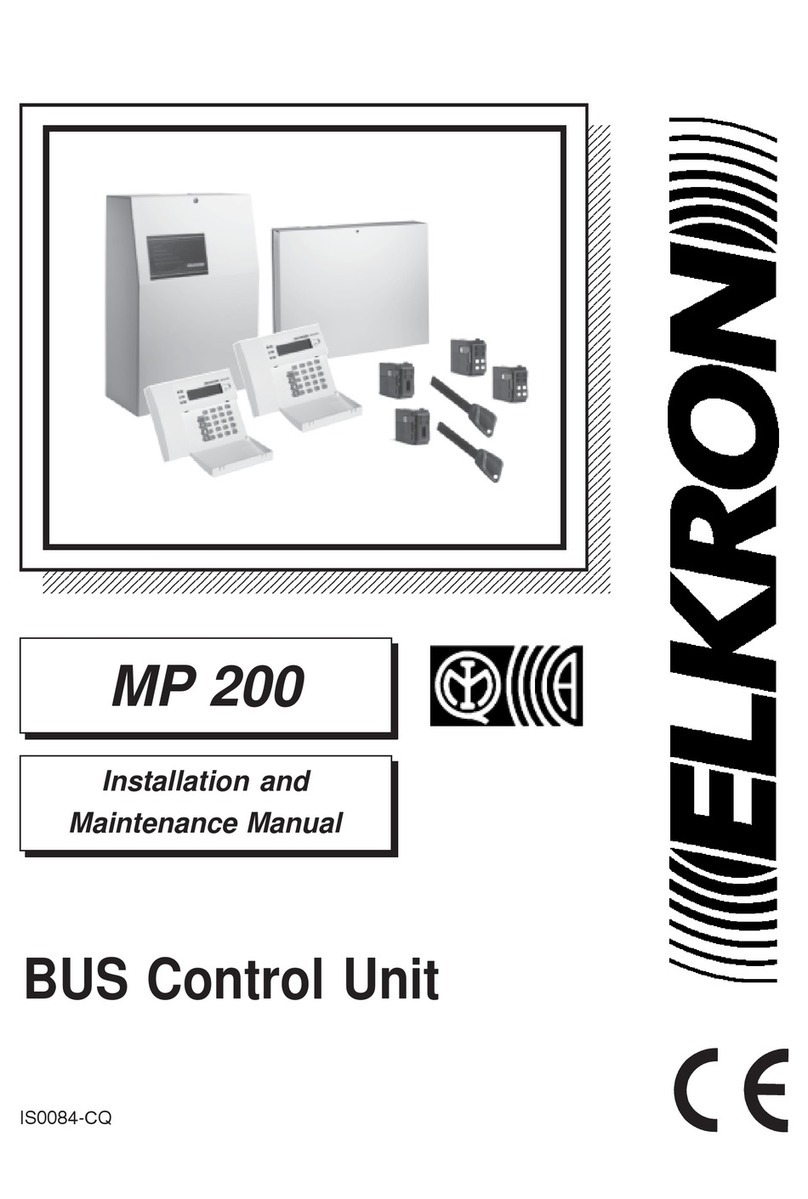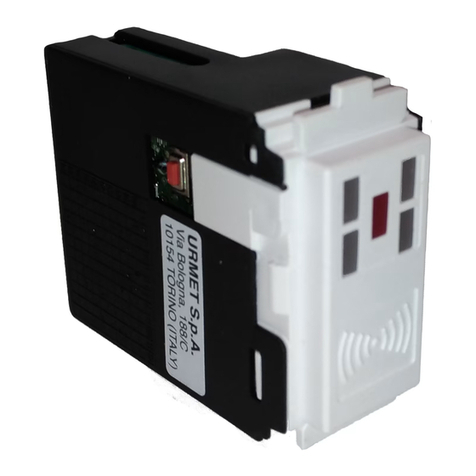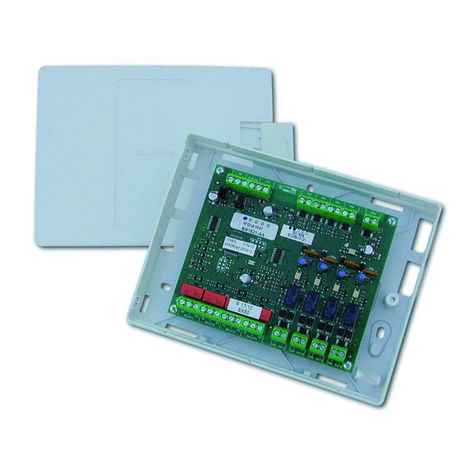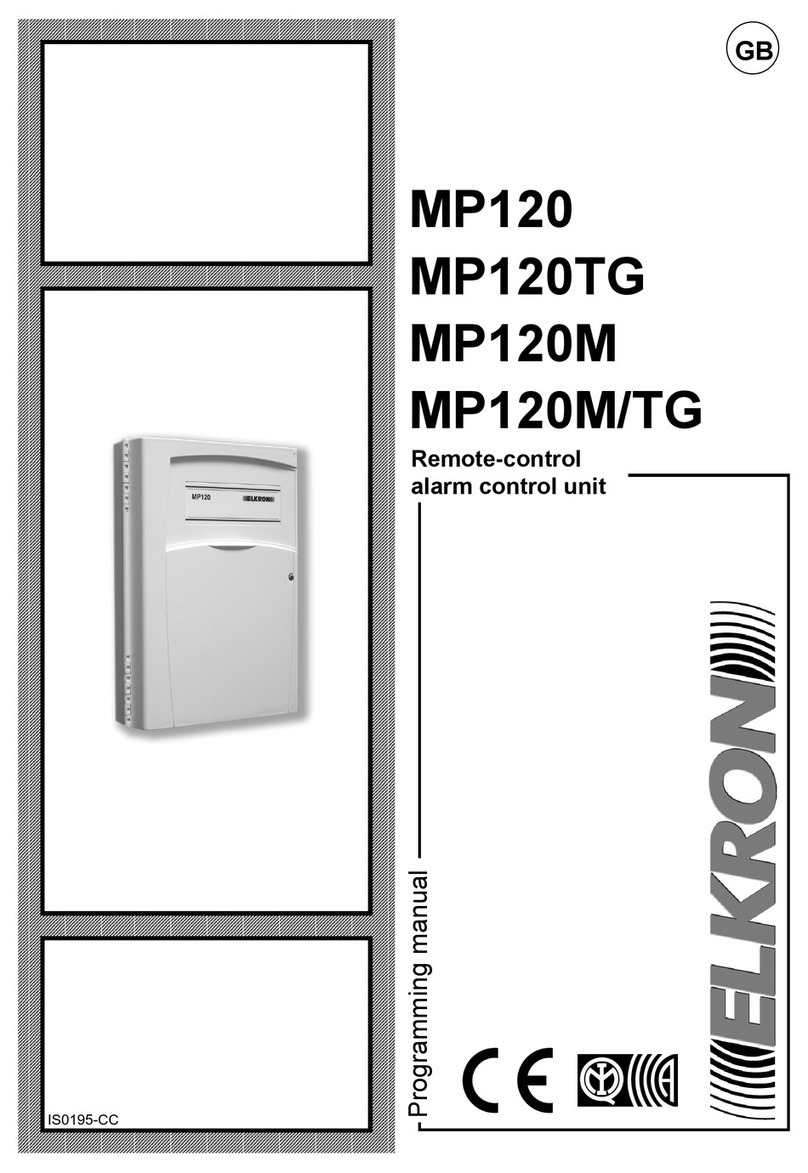
3/32 MP120
INDEX
1 – MP120 SYSTEM.....................................................................................................................................................4
1.1 GENERAL DESCRIPTION .....................................................................................................................................4
1.1.1 System architecture......................................................................................................................................4
1.1.2 bus ................................................................................................................................................................4
1.1.3 INPUT AND OUTPUT ARRANGEMENT .....................................................................................................5
1.1.4 MAX. SYSTEM SIZE AND ITS RESPECTIVE EXPANSIBILITY .................................................................6
1.2 SYSTEM COMPONENTS...........................................................................................................................................8
1.2.1 MP120 CONTROL UNIT ..............................................................................................................................8
1.2.2 KP120D Remote keypad..............................................................................................................................8
1.2.3 DK2000M INSERTER ..................................................................................................................................9
1.2.4 DK3000M Proximity inserter.........................................................................................................................9
1.2.5 DK20 Programmable key .............................................................................................................................9
1.2.6 DK30 TRANSPONDER KEY........................................................................................................................9
1.2.7 EP100 EXPANSION.....................................................................................................................................9
1.2.8 ES100 EXPANSION.....................................................................................................................................9
1.2.9 UR1Z MODULE............................................................................................................................................9
1.2.10 ER20WL EXPANSION .............................................................................................................................10
1.2.11 PSTN ILT100 TELEPHONE INTERFACE ...............................................................................................10
1.2.12 SV108 Voice synthesis.............................................................................................................................10
1.2.13 KV100 SYNTHESIS KIT...........................................................................................................................10
1.2.14 TTL/RS232 INTERFACE..........................................................................................................................10
1.2.15 IT/USB INTERFACE.................................................................................................................................10
1.2.16 MR02 ........................................................................................................................................................10
1.2.17 Fast Link ...................................................................................................................................................10
2 – INSTALLING THE MP120 SYSTEM....................................................................................................................11
2.1 INSTALLATION PROCEDURE ............................................................................................................................11
2.2 FITTING OPTIONAL ITEMS AND ACCESSORIES ..........................................................................................11
2.2.1 INSTALLING THE PSTN TELEPHONE INTERFACE ...............................................................................12
2.2.2 INTEGRATING THE voice synthesis .........................................................................................................12
2.2.3 INSTALLING THE TTL/RS232 INTERFACE .............................................................................................13
2.3 FITTING THE CONTROL UNIT.........................................................................................................................14
2.3.1 InstallING THE MP120 – MP120TG...........................................................................................................14
2.3.2 InstallING THE MP120M – MP120M/TG....................................................................................................14
2.3.3 INPUT hardware CONFIGURATION .........................................................................................................15
2.3.4 OUTPUT hardware CONFIGURATION .....................................................................................................16
2.3.5 CoNNECTIONS..........................................................................................................................................17
2.4 INSTALLING THE KEYPAD.................................................................................................................................20
2.5 INSTALLING THE INSERTER .............................................................................................................................21
2.5.1 DK2000M INSERTER ................................................................................................................................21
2.5.2 DK3000M INSERTER ................................................................................................................................22
2.6 INSTALLING THE EXPANSION ..........................................................................................................................22
2.7 EXAMPLES OF CONNECTION DIAGRAMS ....................................................................................................22
2.7.1 Connection diagram FOR N.C. INPUTS ....................................................................................................23
2.7.2 Connection diagram FOR dual-balancing INPUTS....................................................................................24
3 – SYSTEM MAINTENANCE ...................................................................................................................................25
3.1 MAINTENANCE PROCEDURE .........................................................................................................................25
3.2 INTEGRATING OPTIONAL ITEMS OR ACCESSORIES..................................................................................25
3.3 INTEGRATING ADEVICE CONNECTED TO THE BUS ..................................................................................25
3.4 REMOVING ADEVICE CONNECTED TO THE BUS .......................................................................................25
3.5 REPLACING ADEVICE CONNECTED TO THE BUS........................................................................................25
3.6 RESTART BUS......................................................................................................................................................26
3.7 FULL RESET.......................................................................................................................................................26
3.8 REPLACING THE BATTERY ............................................................................................................................27
4 – TECHNICAL FEATURES.....................................................................................................................................28
APPENDIX A - DIMENSIONING................................................................................................................................30
CONNECTING CABLE DIMENSIONING................................................................................................................30
BATTERYDIMENSIONING.......................................................................................................................................31
POWER SUPPLY DIMENSIONING........................................................................................................................31


